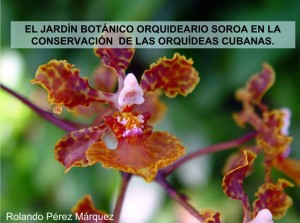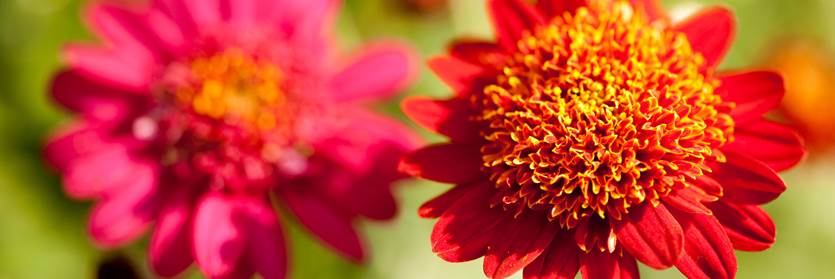The Conservation of Orchids in Cuba
Posted in Science on August 17 2010, by Plant Talk
View the Diversity, Distribution, and Status of 45 Species
 |
Brian M. Boom, Ph.D., is Director of the Caribbean Biodiversity Program at The New York Botanical Garden. |
 Regular readers of Plant Talk may recall the post I co-wrote during The Orchid Show: Cuba in Flower in March that highlighted the long history and current program of plant exploration in Cuba by scientists of The New York Botanical Garden. Orchids are one of the most diverse of flowering plant families in Cuba, where some 497 species and varieties are known, of which about 181 (36%) are endemic to the island.
Regular readers of Plant Talk may recall the post I co-wrote during The Orchid Show: Cuba in Flower in March that highlighted the long history and current program of plant exploration in Cuba by scientists of The New York Botanical Garden. Orchids are one of the most diverse of flowering plant families in Cuba, where some 497 species and varieties are known, of which about 181 (36%) are endemic to the island.
Cuban botanists presently consider that at least 32 species of orchids are threatened due to various factors such as habitat modification and climate change. However, the process of evaluating at-risk species in Cuba, and elsewhere, is far from complete. The Botanical Garden is currently developing a new method to evaluate at-risk species much more rapidly than has been done traditionally so that we can get a more complete view of the status of plants in Cuba and throughout the Caribbean. (See page 6 of Garden News.)
On one of my recent trips to Cuba, I had the honor of meeting Rolando Pérez Márquez, Director of the Soroa Orchidarium, the world-famous display garden in western Cuba that was a principal inspiration for the 2010 orchid exhibition in the Enid A. Haupt Conservatory. Mr. Pérez showed me a presentation he had prepared to illustrate the diversity, geographic distributions, growing requirements, and degrees of endangerment of the orchids of Cuba, all of which are represented in the living collections of the Soroa Orchidarium.
The presentation features images of 45 orchid species, for which names of synonyms are listed, along with symbols for endemicity, geographic distribution within Cuba; light and water growing requirements; and degree of threat.
El Jardín Botánico Orquideario Soroa en la Conservación de las Orquídeas Cubanas, (Soroa Orchidarium in the Conservation of Cuba’s Orchids) may be viewed through the Botanical Garden’s Caribbean Biodiversity Portal. The presentation is in Spanish, but because it uses symbols to communicate about the orchid species illustrated, it is quite understandable by those who do not read Spanish. When viewing the fourth slide of the presentation, click on the slide three times to reveal the symbols and their meanings.
I am grateful to my new colleague Rolando Pérez for sharing these beautiful images and information on Cuban orchids with us. They provide a taste of the wonders of the Soroa Orchidarium until such time that one has the opportunity to visit this spectacular garden in person.

